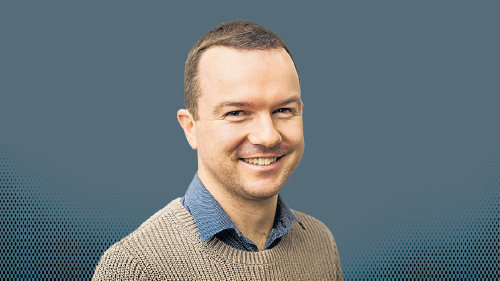
The Evocities regional relocation campaign appears set to secure new state government funding, easing uncertainty over its future.
Subscribe now for unlimited access.
or signup to continue reading
But Wagga’s leaders continue to call for greater transparency to ensure ratepayers are getting “bang for their buck”.
The effectiveness of the marketing push, which council commits $60,000 a year towards, has come under the spotlight in recent months after lacklustre population growth in Wagga – this is despite the city being seen as key to solving Sydney’s livability issues.
Earlier this month, the Advertiser highlighted the clear difference between the two cities by comparing housing affordability.
“We need to get that message to the markets where it will have the most impact,” Committee 4 Wagga (C4W) chief executive Chris Fitzpatrick said.

“It needs to be a state-based message and it needs to trickle down from the top levels of government.”
C4W has banged the decentralisation drum for many years and, combined with Wagga City Council, believe securing government departments is crucial for the city’s population growth.
However, Mr Fitzpatrick said the effectiveness of the Evocities campaign had not been reasonably quantified.
“We don’t know whether it has worked or not because we don’t know the real impact on our growth,” he said.
“No one has ever been able to tell us whether there has been a take up or not. Any program such as that needs to be measurable and accountable.”
The DA was supplied with figures which suggested about 2100 households had located to one of the seven Evocities by December last year.
Statistics showing how many households moved to Wagga were not available.
Evocities Steering Committee chairman Mathew Dickerson defended the program, saying it was one of the few regional marketing programs making a difference.
“The government has said it is one of the few that deals in cold hard facts,” he said.
Mr Dickerson admitted enthusiasm for the program had waned in recent years, but was confident a new leadership team would deliver new revenue streams to bolster its marketing prowess.
He said commercial sponsorship combined with member council contributions and the state government grant could deliver a budget of more than $1 million.














